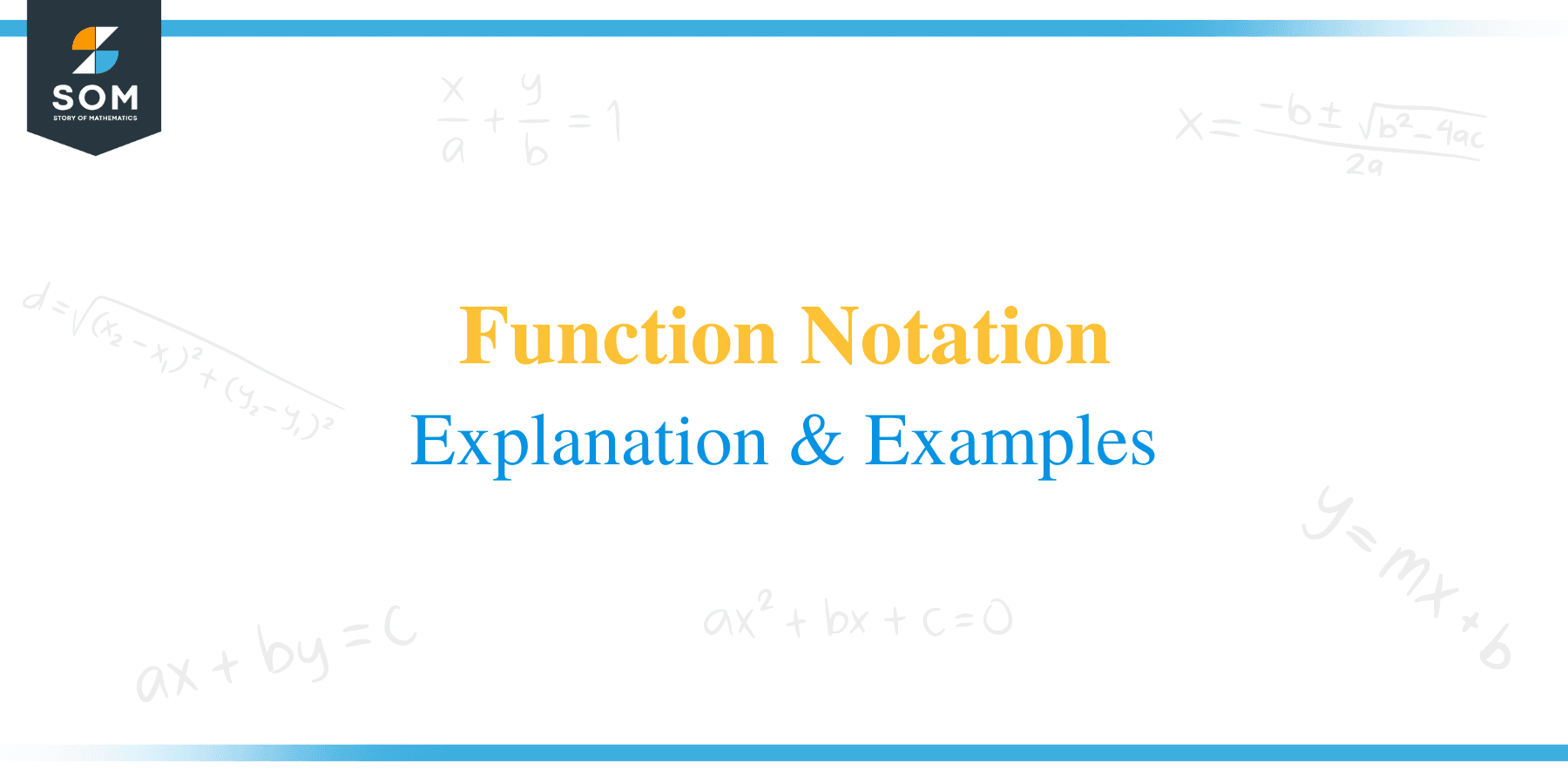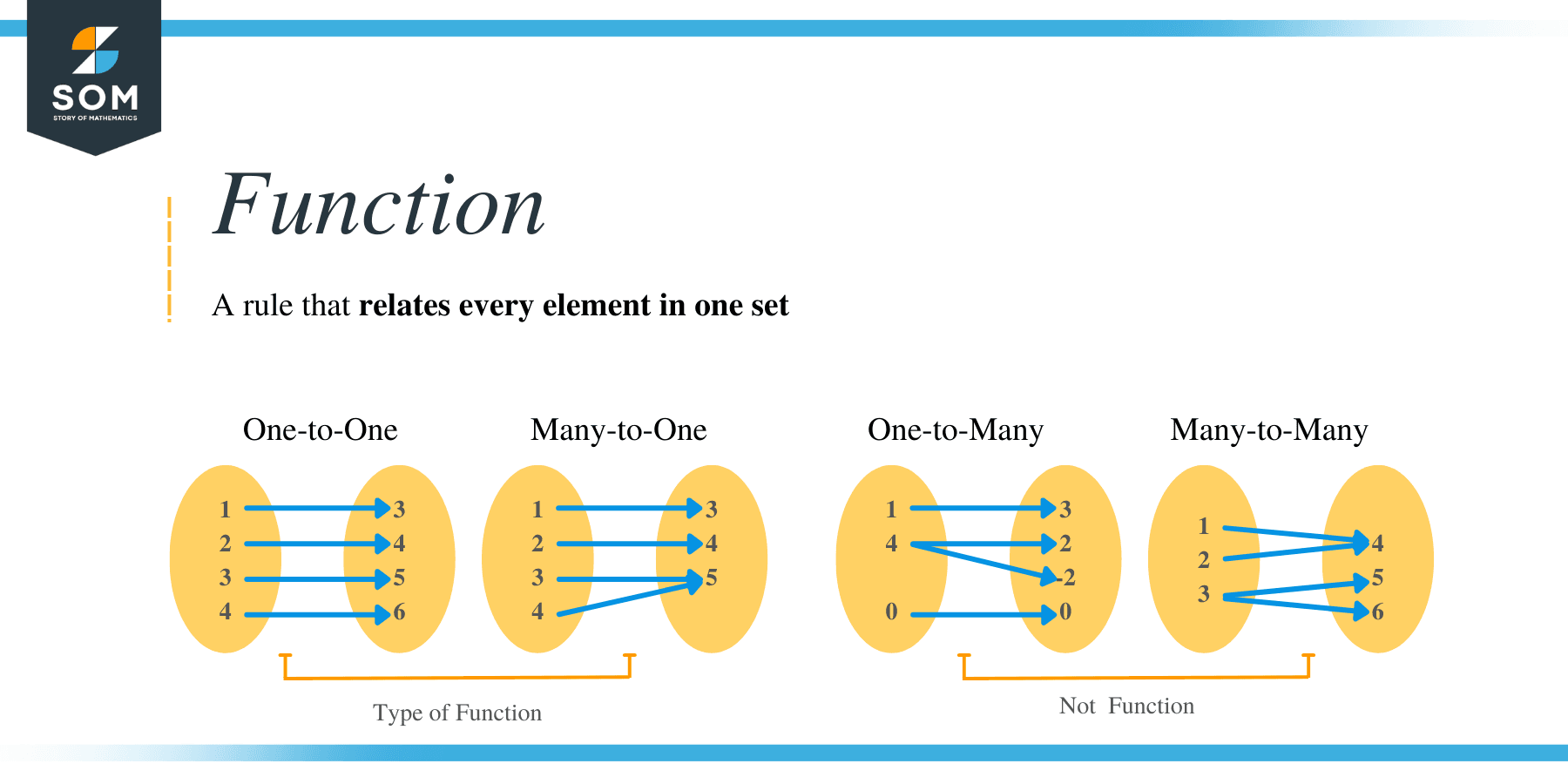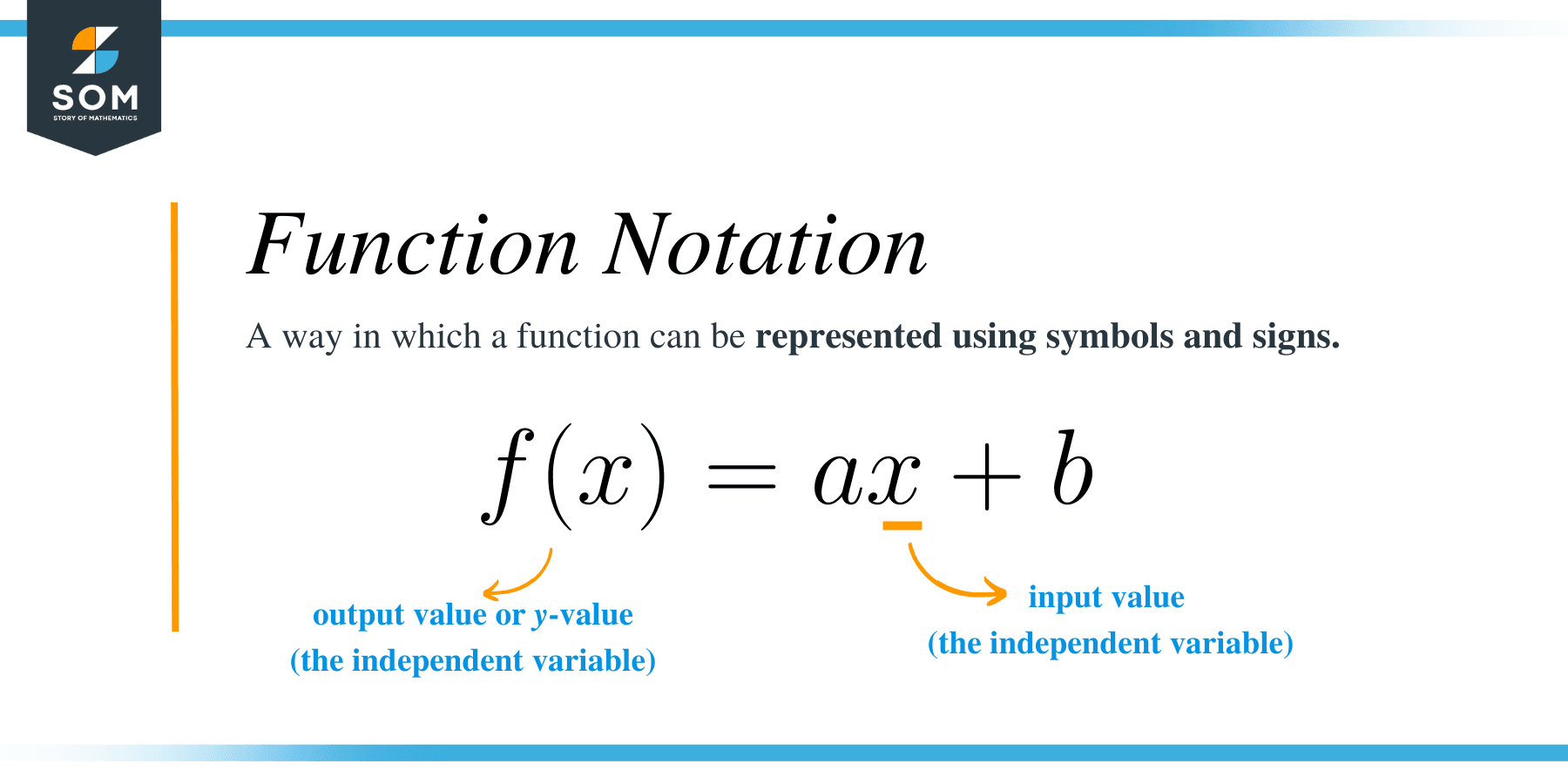

The concept of functions was developed in the seventeenth century when Rene Descartes used the idea to model mathematical relationships in his book Geometry. The term “function” was then introduced by Gottfried Wilhelm Leibniz fifty years later after publication of Geometry.
Later, Leonhard Euler formalized the usage of functions when he introduced the concept of function notation; y = f (x). It was until 1837 when Peter Dirichlet – a German mathematician gave the modern definition of a function.
In mathematics, a function is a set of inputs with a single output in each case. Every function has a domain and range. The domain is the set of independent values of the variable x for a relation or a function is defined. In simple words, the domain is a set of x-values that generate the real values of y when substituted in the function.

On the other hand, the range is a set of all possible values that a function can produce. The range of a function can be expressed in interval notation or inform of inequalities.
Notation can be defined as a system of symbols or signs that denote elements such as phrases, numbers, words etc.
Therefore, function notation is a way in which a function can be represented using symbols and signs. Function notation is a simpler method of describing a function without a lengthy written explanation.
The most frequently used function notation is f(x) which is read as “f” of “x”. In this case, the letter x, placed within the parentheses and the entire symbol f(x), stand for the domain set and range set respectively.

Although f is the most popular letter used when writing function notation, any other letter of the alphabet can also be used either in upper or lower case.
Consider a linear function y = 3x + 7. To write such function in function notation, we simply replace the variable y with the phrase f(x) to get;
f(x) = 3x + 7. This function f(x) = 3x + 7 is read as the value of f at x or as f of x.
There are several types of functions in Algebra.
The most common types of functions include:
A linear function is a polynomial of first degree. A linear function has the general form of f(x) = ax + b, where a and b are numerical values and a ≠ 0.
A polynomial function of second degree is known as a quadratic function. The general form of a quadratic function is f(x) = ax 2 + bx + c, where a, b and c are integers and a ≠ 0.
This is a polynomial function of 3 rd degree which is of the form f(x) = ax 3 + bx 2 + cx + d
A logarithmic function is an equation in which variable appears as an argument of a logarithm. The general of the function is f(x)=log a (x), where a is the base and x is the argument
An exponential function is an equation in which the variable appears as an exponent. Exponential function is represented as f(x) = a x .
f(x) = sin x, f(x) = cos x etc. are examples of trigonometric functions
An identity function is such that f: A→ B and f(x) = x, ∀ x ∈ A
A function is said to be rational if R(x) = P(x)/Q(x), where Q(x) ≠ 0.
Function evaluation is the process of determining output values of a function. This is done by substituting the input values in the given function notation.
Example 1
Write y = x 2 + 4x + 1 using function notation and evaluate the function at x = 3.
Given, y = x 2 + 4x + 1
By applying function notation, we get
Substitute x with 3
f (3) = 3 2 + 4 × 3 + 1 = 9 + 12 + 1 = 22
Example 2
Evaluate the function f(x) = 3(2x+1) when x = 4.
Plug x = 4 in the function f(x).
Example 3
Write the function y = 2x 2 + 4x – 3 in function notation and find f (2a + 3).
y = 2x 2 + 4x – 3 ⟹ f (x) = 2x 2 + 4x – 3
Substitute x with (2a + 3).
f (2a + 3) = 2(2a + 3) 2 + 4(2a + 3) – 3
= 2(4a 2 + 12a + 9) + 8a + 12 – 3
= 8a 2 + 24a + 18 + 8a + 12 – 3
= 8a 2 + 32a + 27
Example 4
Represent y = x 3 – 4x using function notation and solve for y at x = 2.
Given the function y = x 3 – 4x, replace y with f(x) to get;
Now evaluate f(x) when x = 2
⟹ f (2) = 2 3 – 4 × 2 = 8 -8 = 0
Therefore, the value of y at x=2 is 0
Example 5
Find f (k + 2) given that, f(x) = x² + 3x + 5.
To evaluate f (k + 2), substitute x with (k + 2) in the function.
⟹ f (k + 2) = (k + 2) ² + 3(k + 2) + 5
⟹ k² + 2² + 2k (2) + 3k + 6 + 5
⟹ k² + 4 + 4k + 3k + 6 + 5
Example 6
Given the function notation f (x) = x 2 – x – 4. Find the value of x when f (x) = 8
Substitute f(x) by 8.
Solve the quadratic equation by factoring to get;
⟹ x – 4 = 0; x + 3 = 0
Therefore, the values of x when f (x) = 8 are;
Example 7
Evaluate the function g(x) = x 2 + 2 at x = −3
Substitute x with -3.
g (−3) = (−3) 2 + 2 = 9 + 2 = 11
Function notation can be applied in real life to evaluate mathematical problems as shown in the following examples:
Example 8
To manufacture a certain product, a company spends x dollars on raw materials and y dollars on the labor. If the production cost is described by the function f (x, y) = 36000 + 40x + 30y + xy/100. Calculate cost of production when the firm spends $10,000 and $1,000 on raw materials and labor respectively.
Given x = $10,000 and y = $1,000
Substitute the values of x and y in the production cost function
⟹f (10000, 1000) = 36000 + 40(10000) + 30(1000) + (10000) (1000)/100.
⟹ f (10000, 1000) = 36000 + 4000000 + 30000 + 100000
Example 9
Mary is saving $100 weekly for her upcoming birthday party. If she already has $1000, how much will she have after 22 weeks?
Let x = number of weeks, and f(x) = total amount. We can write this problem in function notation as;
f(x)=100x + 1000
Now evaluate the function when x =22
f (22) =100(22) +1000
f (22) =3200
Therefore, the total amount is $3200.
Example 10
The rate of talk-time of two mobile networks A and B charges is $34 plus 0.05/min and $40 plus 0.04/min respectively.
Therefore, the function of network A is f(x) = 0.05x + 34 and network B is f(x) = 0.04x+$40.
A ⟹ f (1160) =0.05(1160) + 34
B ⟹ f (1160) = 0.04(1160) + 40
Therefore, network B is affordable because its total talk-time cost is less than that of A.
⟹ 0.05x +34 = 0.04x + 40
The monthly bill of A and B will be equal when the average number of minutes is 600.
A ⟹ 0.05(600) +34 = $64
B ⟹ 0.04(600) + 40 = $64
Example 11
A certain number is such that when its added to 142, the result is 64 more than thrice the original number. Find the number.
Let x = the original number and f(x) be the resultant number after adding 142.
f(x) = 142 + x = 3x + 64
Example 12
If the product of two consecutive positive integers is 1122, find the two integers.
Let x be the first integer;
second integer = x + 1
Now form the function as;
find the value of x if f(x) = 1122
Replace the function f(x) by 1122
Find the square of both sides of the function
The integers are 33 and 34.